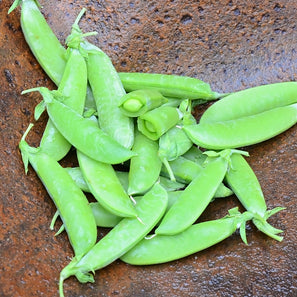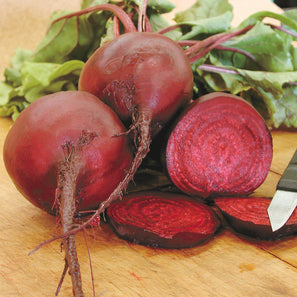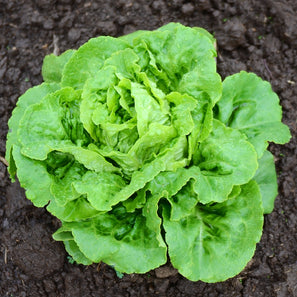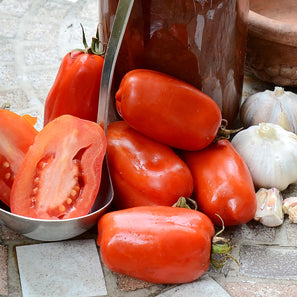PLS 560
Product Description:
| Soil Temp for Germ | 45–75°F |
| Seed Depth | 1–1 ½" |
| Seed Spacing | 1" |
| Days to Emergence | 8–25 |
| Thin Plants to | N/A |
| Row Spacing | 18–24" |
| Fertilizer Needs | Low |
| Minimum Germination | 80% |
| Seeds per Ounce | ≈ 90–165 |
| Seed Life | 2 years |
Pisum sativum Peas nourish our bodies with phytonutrients and, surprisingly, with omega-3 fatty acids. A hard-working crop, they improve the soil, fixing nitrogen that will feed future crops. Especially easy to grow in cool seasons. Snap peas have edible pods that are sweetest as the pods fatten up. High in vitamin C and niacin, they are most nutritious when fresh and briefly cooked. For the best nutrition and flavor, grow your own crops. Snap peas are the most productive of all the types of peas. Some snap peas develop strings that are easily removed by peeling them back as the pods are harvested.
Days to maturity are calculated from the date of direct seeding. Note: In areas with mild winters such as the maritime Northwest where peas can be planted in February, add 35-40 days.
Culture
• Peas are a hardy cool-season crop that can be grown in a variety of soil types
• Side dress plants with 1 cup of TSC's Complete fertilizer and 1/2 cup bone meal per 10 row feet
• Climbing varieties should be trellised
• Most bush-type vines can be supported on a short trellis or allowed to grow as a mound
• Environmental stress, such as prolonged hot weather or lack of moisture, will reduce yields
• Extend your harvest through multiple sowings
Direct Sowing
• Peas may be sown as soon as the soil can be worked in the spring
• Cool temperatures lead to slow and erratic germination
• Sow peas in July for a fall crop
• In mild climates you can overwinter
Insects & Diseases
• Common insects: Pea aphid
• Insect control: Pyrethrin should be applied at seedling stage if leaf scalloping is observed
• Common diseases: Fusarium wilt (also called pea root rot), powdery and downy mildews, and pea enation mosaic virus (more common in Northwest and Northeast areas)
• Disease control: Zonix
• Disease prevention: 3-4 year crop rotation
Harvest & Storage
• For snap and shelling peas, start checking for maturity as soon as the pods begin to swell
• Harvest frequently to keep plants producing
• If left on the vine too long, the peas become starchy and the pods become tough
• Store at 36°F and 95% humidity
KEY TO PEA DISEASE RESISTANCE AND TOLERANCE
HR indicates high resistance.
IR indicates intermediate resistance.
AF | Ascochyta
DM | Downy Mildew
E | Enation Mosaic Virus
F* | Fusarium Wilt
PEMV | Pea Enation Mosaic Virus
PLR | Pea Leaf Roll Virus
PM | Powdery Mildew
* Numbers indicate specific disease race.








